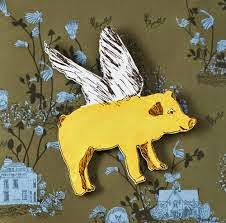What's a SHOESHINER in Spanish?

"Just 10 cents...Well, it's the 1950's anyway." A SHOESHINER, as the name clearly suggests, is a person (traditionally a boy) who polishes shoes or boots. It is what in Spanish we call a LUSTRABOTAS or just a LUSTRADOR DE ZAPATOS. Shoeshining is a job that practically exists worldwide and is also relatively new (there are no records that talk about SHOESHINERS before the XIX century).While in many countries, such as Ecuador, SHOESHINERS are underappreciated in others the situation is different and SHOESHINERS are often organized in associations. SHOESHINERS or SHOE SHINERS are also known as BOOT POLISHERS, or SHOESHINE BOYS.





